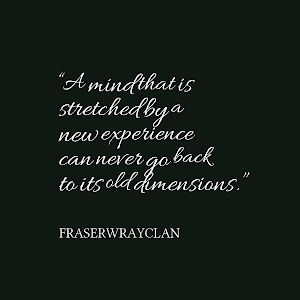Bill Wilson is on record for having found a solution in 1960 for treating anxiety and depression using vitamin B-3 therapy and worked tirelessly for eleven years begging for its inclusion into A.A. recovery circles. His desire was to help alcoholics stay recovered. This means he would have immediately brought this mineral replacement therapy that eliminates alcohol cravings forth without exception. Master of ceremonies, Andrew W. Saul, includes Bill Wilson as an inductee of the Orthomolecular Medicine Hall of Fame at the Hotel Vancouver, British Columbia, Canada, April 29, 2006 in his induction speech, “…To this day, selective history records A.A.’s 12-Step Program, but has forgotten, or deliberately purged, what Bill wanted to be A.A.’s 13th step – orthomolecular therapy with vitamin B3.”[Lee Brack1] In February 2009, Orthomolecular Medicine’s founder, Abram Hoffer and Bill Wilson’s good friend, clarified to me over the phone, “..yes, Lee, he wanted to share this information as an added step and talked about it all the time because he felt so strongly about nutrition…” Abram Hoffer passed away a few months later in May having lived healthy and happily for ninety one and a half years.
RADICAL RECOVERY REVOLUTION
Selfhelp and Recovery solutions in a Stress filled Modern World

